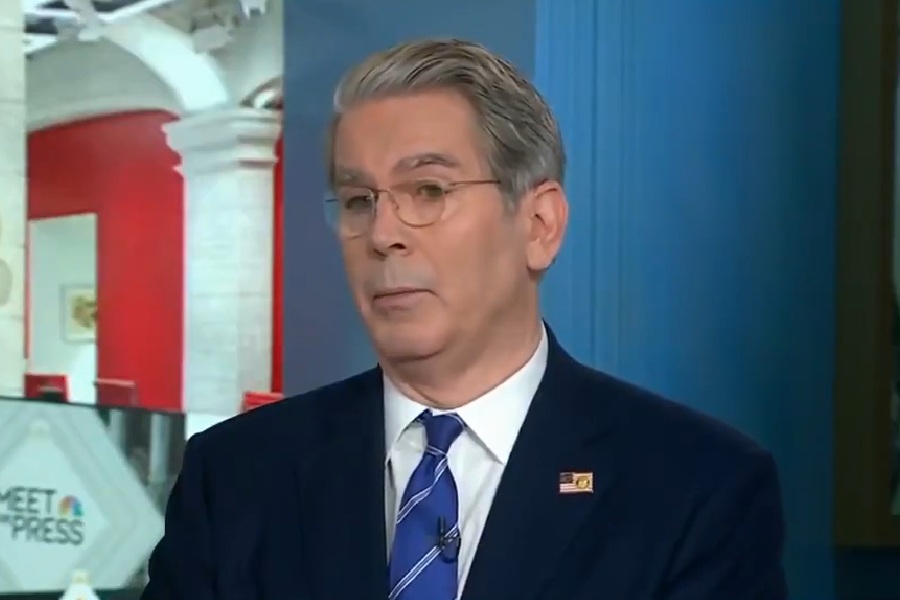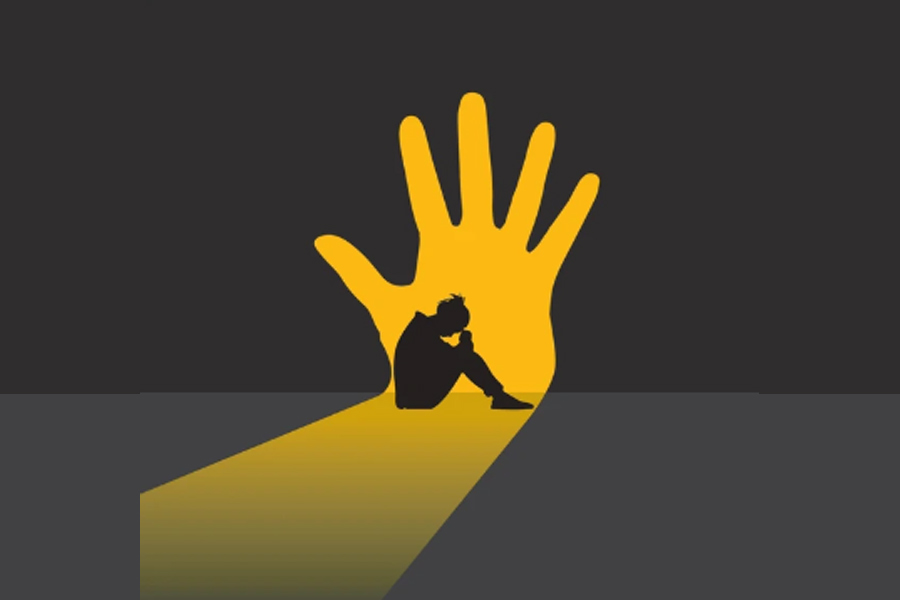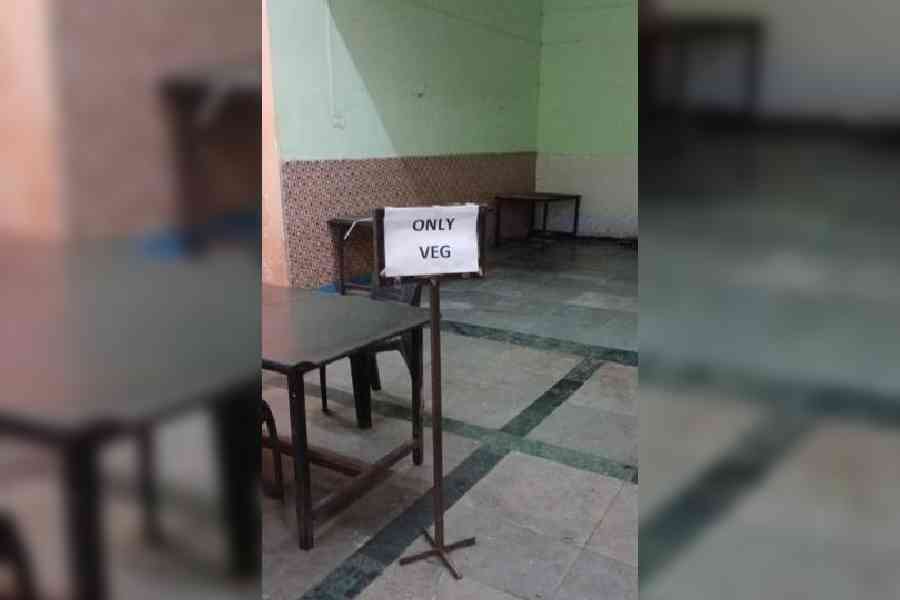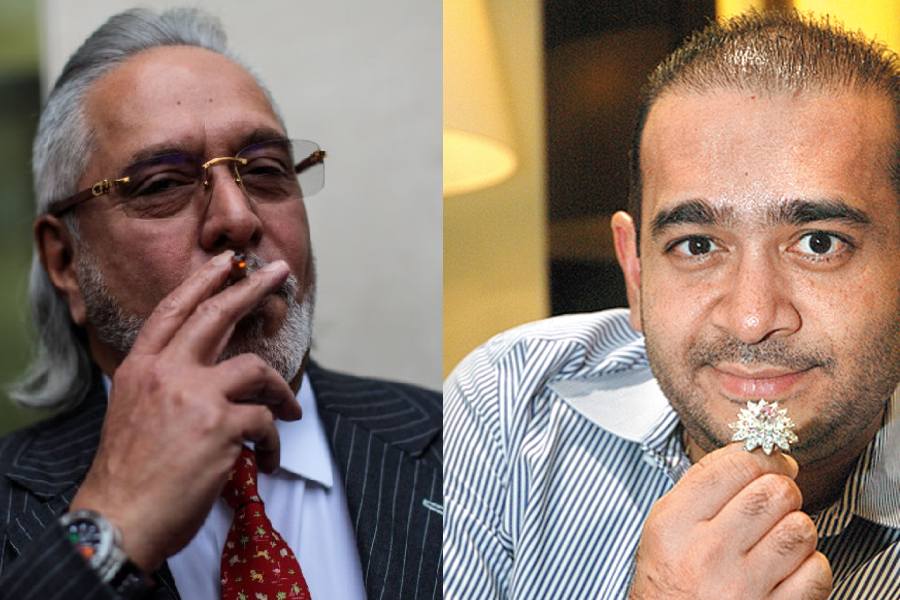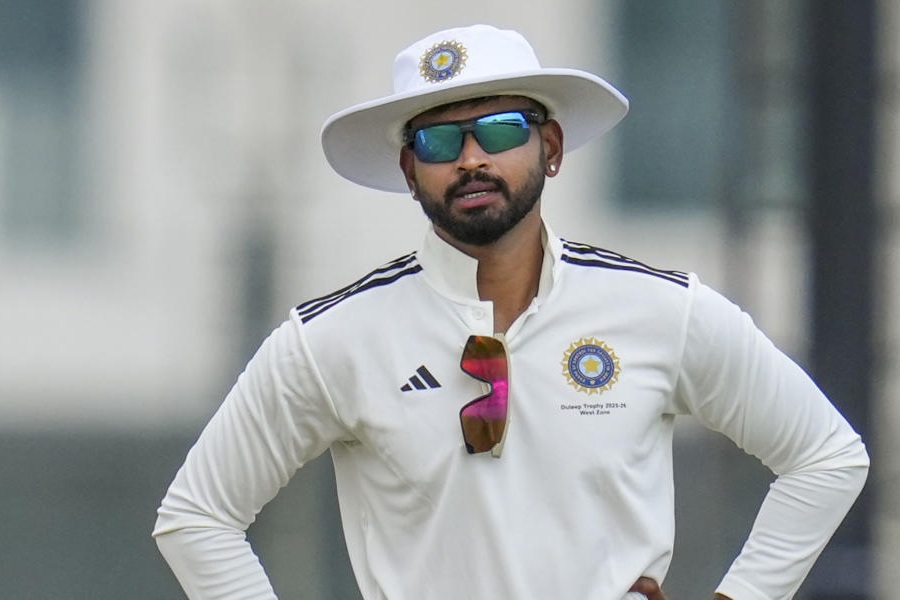 |
In the late 1960s, when I was six or seven years old, I had a brief passion for wrestling. Of course, since my life itself had been brief till that point, my passion, to my parents, seemed inordinately long-lived, taking an alarming number of months to wane. The death of Dara Singh brought back to me how obliging my parents were during my Dara Singh phase. By this I mean that the death prompted a revaluation of my early life, a retrospection, that took me back to my history, or prehistory, with the man. It was my parents who first introduced me to him. They took me to see his wrestling matches — which were mainly world championships. And he played straight into my new-minted worship of strength and power. Although I’d taken an early shine to poems and stories, although I was miserable at school, where the star-system was based on athletic prowess — and I detested sports and athletics — and despite the fact that, conveniently, I had a heart murmur which gave me the excuse I needed to be a non-performer during PE, I was a zealous admirer of fighting. I liked writing from an early age, but I also wanted to take part in wars and maintaining order — as an army man or at least a police inspector. I especially looked up to the Calcutta police, for their white uniforms, boots, and holsters; I myself had a sizeable collection of pistols. My adulation of strength remained undimmed even when I was 13, when, making an exception to my rule about sports, I decided to become a pugilist. By then, I’d long cast aside Dara Singh and was under the spell of Cassius Clay. I, and another tryout, Rupen Arya, attempted to qualify for glory and the school’s boxing tournament by gloving up in the presence of the gym teacher and going through the motions — first in the ‘shed’ near the quad, then in the ring, both of us being interrupted repeatedly by the instructor for raining blows on each other with our eyes closed. He had an air of resignation when breaking the news to us quickly, without unnecessary mollification, that we hadn’t made the cut.
The people who worked in our apartment kept me informed, during my first infatuation, of what was responsible for Dara Singh’s success: “Woh nashta mein chhe murgi aur das anda khata hain” — “He consumes six chickens and ten eggs for breakfast.” Lunch was equally impressive. It was made even more so by my informant’s exactitude with, and relish for, numbers. It was clear Dara Singh had time for little but eating and fighting; eating itself was a heroic feat, rivalling his achievements in wrestling. ‘Chicken’ or ‘murgi’ (both words were used interchangeably for their talismanic virtues) was particularly efficacious — like the magic potion was to Asterix, and spinach to Popeye. No other meat would do. The diet was unvarying, like a sermon — always ‘chicken’ and ‘anda’ — but Dara Singh was ravenous for it in astonishing quantities. When the large billboards came up in front of the NSCI stadium in Worli, exhibiting a giant-sized Dara Singh, exuding goodness and rightness, and a sinister masked opponent, my parents’ hearts sank, and they knew it was time for another foray into the world of wrestling. Too late they realized what they’d done in fostering my addiction. The big match would be preceded by endless warm-up bouts in which two thin men were pitted against each other, and which were watched by my parents with dread, because they always ended in a draw — both men, after much circling and manoeuvring, dropping to the ground, while a voice announced: “Dono barabar ho gaya” — “Both have come out equal.” I didn’t find this message too disheartening, but for my parents it underlined the growing pointlessness of their evenings.
Dara Singh had a younger brother, Randhawa, a kind of Robin to his Batman, and sometimes they teamed up to eliminate the opposition. He’s as good as forgotten to all except the most devoted wrestling fan — and those championship fights themselves became passé. It was just as I was outgrowing my obsession that I encountered Dara Singh in the flesh on a coach taking passengers from Santa Cruz airport to an Indian Airlines plane. My father spontaneously introduced me in English: “My son is a great admirer of yours.” My respect for physical strength was matched by my shyness; he too, I recall, was pleased but shy. The class divide was clearer then, and just fame not enough to grant you privilege and dominance: a few words of properly enunciated English could quell an opponent.
Death used to be figured as a reaper in medieval Christian iconography, and with good reason — because the scythe topples collectively rather than singly, and in those days people died in clusters; sometimes — if there was a plague — in thousands. I don’t know what it is about the modern-day dissemination of the news that makes it seem that the famous also die in small groups at a designated time — a week or fortnight — in the year. It’s as if the reaper had taken a leisurely swing at a bygone world. So there was Dara Singh; there was Mrinal Gore; there was Lakshmi Sehgal; and there was Rajesh Khanna, all lopped off more or less coterminously. The political, the historical, and the fantastical (what other adjective fits Singh and Khanna?) had been brought together, diminished, and given a brief, orgasmic regeneration or convulsion (such as death can bring) by that swipe.
I was surprised at how moved I was by Rajesh Khanna’s passing. No one can tell what kind of emotion the news of a death will lead to: I can’t account for the burst of joy I experienced in 1980 on hearing that Sanjay Gandhi had died in a plane crash. Similarly, it’s hard to explain the sense of loss I felt on hearing that Rajesh Khanna (who’d once hobnobbed with Sanjay Gandhi) was no more. Enough has already been said about Rajesh Khanna’s charm, the way everything around him, including his car, was a magnet for women’s kisses, and our susceptibility to his mannerisms (what one commentator described as the “flirting of his head”), for me to augment that list.
Rajesh Khanna happened on the periphery of my world, where culture was defined by class. In this regard, the barrier separating the well off and the less well off wasn’t impermeable, but it was considerable; yet the one between the educated and the less educated was even harder to cross for middle-class families. Nevertheless, Rajesh Khanna made his presence known through the songs he’d moved his lips and ‘flirted his head’ to: I remember being astonished by the energy and vitality of “Mere sapnon ki rani” as it was played on loudspeakers near the Gateway of India in 1970, when I was eight years old, like an anthem proclaiming a new reign. I report this not as a subject in that wonderful kingdom, but as a witness recounting an event. I saw Aradhana properly only more than a decade later, in a centre of higher education — Oxford — taping it off British television, and, stricken by nostalgia, studying its charms twice over in quick succession.
By then, Rajesh Khanna was in semi-retirement. All the contiguities that came together to make his films do so well — locations, scripts, and especially the music — can be quantified, rated, even analysed for their contribution: but not him. Compared to the songs and the narratives, whose merits we can see, Khanna is a mystery. It’s as if he found himself where he was — like the characters he portrayed in films like Aradhana or Anand — by chance. Why him? There’s no good answer; and, as if reflecting this, the characters he played too possessed an air of bewilderment and incomprehension (“Yeh kya hua, kaise hua?”) — their principal, most attractive characteristic. There’s no reason to mourn him more than anyone else — except that the illusions we create are so close and intimate to us.


